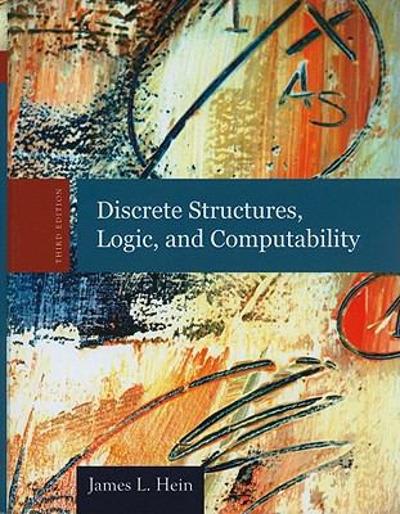
The mean number of sick days an employee takes per year is believed to be about 10. Members of a personnel department do not believe this figure. They randomly survey 8 employees. The number of sick days they took for the past year are as follows: 12; 4; 14; 5; 10; 9; 7; 10. LetX = the number of sick days they took for the past year. Should the personnel team believe that the mean number is about 10? Conduct a hypothesis test at the 5% level. Note: If you are using a Student's tdistribution for the problem, you may assume that the underlying population is normally distributed. (In general, you must rst prove that assumption, though.) E Part (a) E Part (b) E Part (c) E Part (d) State the distribution to use for the test. (Enter your answer in the form 1 or tdfwhere df is the degrees of freedom.) El Part (e) What is the test statistic? (If using the 2 distribution round your answers to two decimal places, and if using the tdistribution round your answers to three decimal places.) ---Select--- = What is the p-value? (Round your answer to four decimal places.) Explain what the pvalue means for this problem. A If H0 is true, then there is a chance equal to the p-value the average number of sick days for employees is not at least as different from 10 as the mean of the sample is different from 10. f) If H0 is false, then there is a chance equal to the p-value the average number of sick days for employees is not at least as different from 10 as the mean of the sample is different from 10. A If H0 is false, then there is a chance equal to the p-value that the average number of sick days for employees is at least as different from 10 as the mean of the sample is different from 10. A If H0 is true, then there is a chance equal to the p-value that the average number of sick days for employees is at least as different from 10 as the mean of the sample is different from 10. Indicate the correct decision ("rejec " or "do not reject" the null hypothesis), the reason for it, and write an appropriate conclusion. (i) Alpha (Enter an exact number as an integer, fraction, or decimal.) a: (ii) Decision: A. reject the null hypothesis A do not reject the null hypothesis (iii) Reason for decision: A Since a p-value, we do not reject the null hypothesis. A Since a: p-value, we reject the null hypothesis. (iv) Conclusion: A There is sufcient evidence to conclude that the average number of sick days used per year by an employee is not equal to 10 days. A There is not sufficient evidence to conclude that the average number of sick days used per year by an employee is not equal to 10 days. Construct a 95% confidence interval for the true mean. Sketch the graph of the situation. Label the point estimate and the lower and upper bounds of the condence interval. (Round your answers to three decimal places.) 95% 0.1









